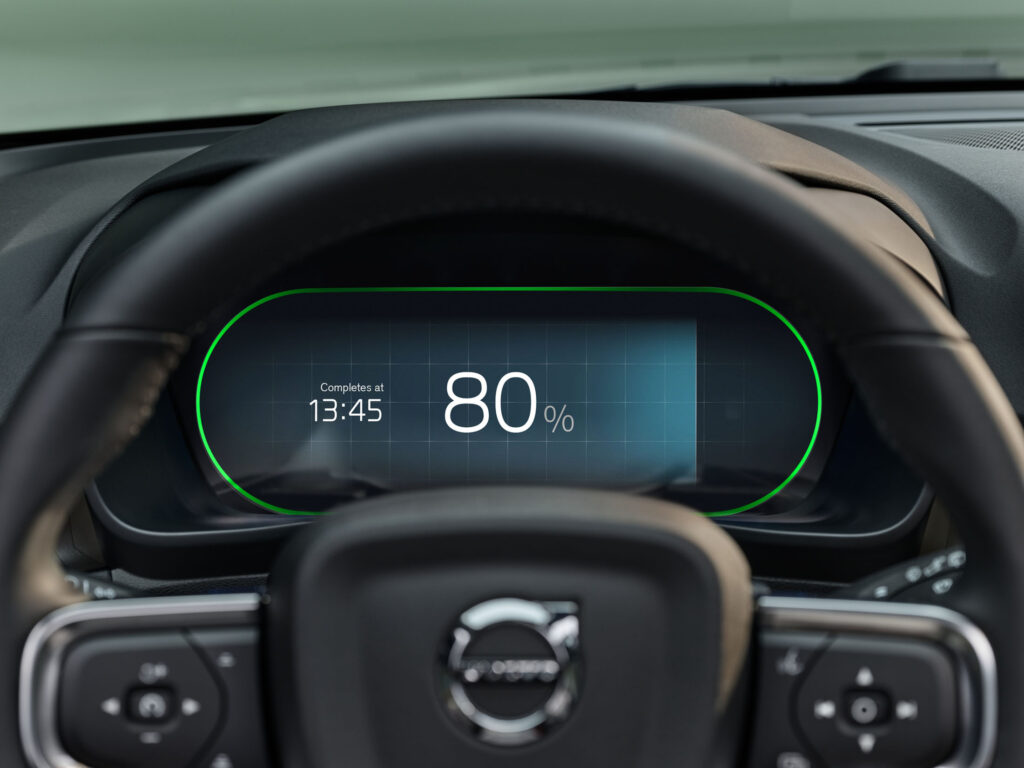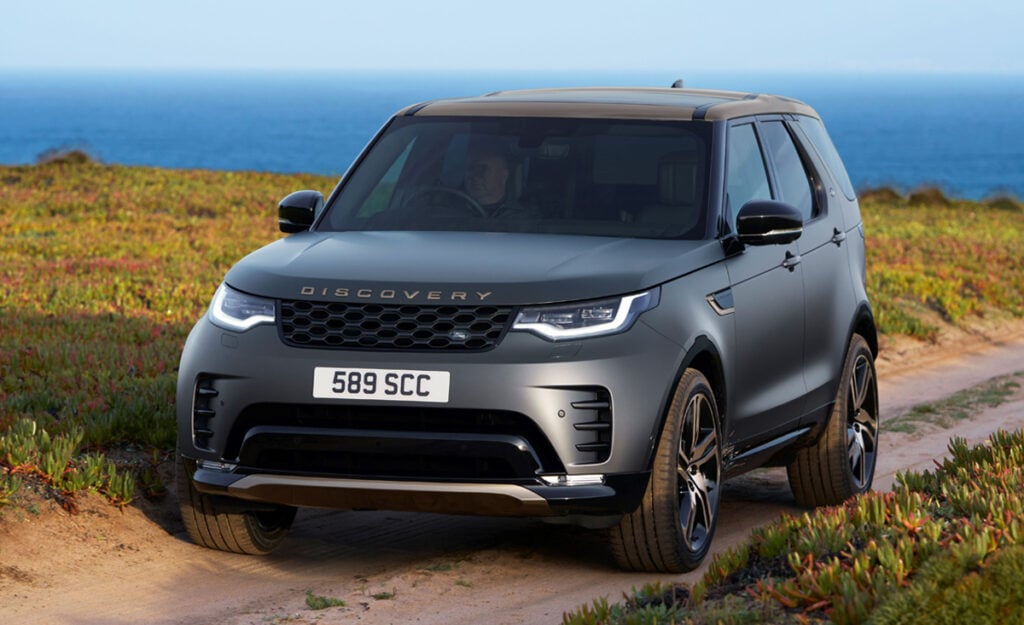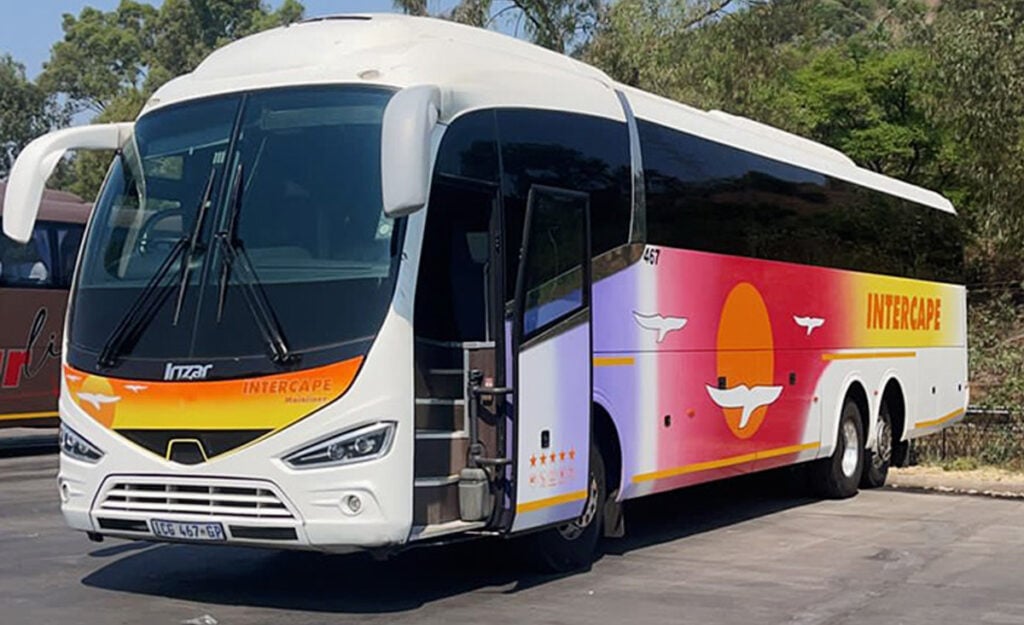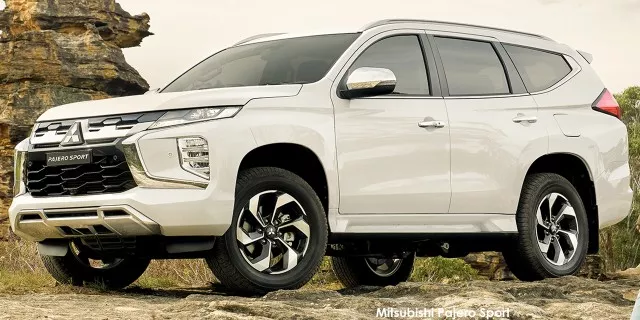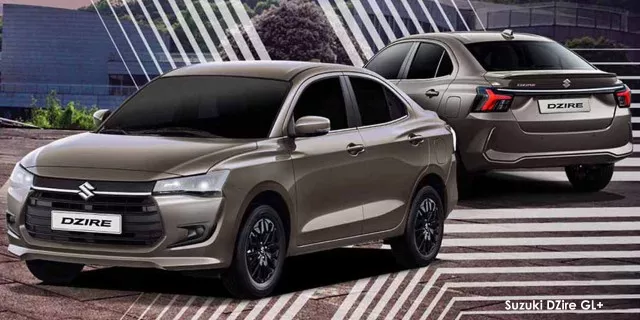What it costs to rent an electric car for your December holiday

Cape Town-based Drive Electric is one of the few car rental firms in South Africa that will allow you to rent an electric vehicle (EV) on a daily or even monthly basis.
This is a great option for early adopters looking to dip their toes into the emission-free technologies without having to sign their name on a finance contract.
For individuals thinking of ditching the petrol-powered hatchback this December holiday to get a taste of the electric lifestyle, Drive Electric has several options on offer with prices as follows:
- BMW iX3 – R2,750 per day
- Volvo C40 – R2,700 per day
- Volvo XC40 P6 – R2,550 per day
- Volvo XC40 P8 – R2,700 per day
According to the company’s website, these prices are quoted as a daily rate which includes a full charge with a range of up to 350km and 200km free per day with no petrol or diesel costs.
Driving an EV
If you do end up going for one of these battery-powered rentals but you don’t have much experience with them, it’s handy to know what you’ll be getting into.
While you’re in for a luxurious ride regardless of whether you get the BMW or one of the Volvos, it’s not so much their features that are worth paying attention to, but rather their powertrains.
The details of the various EVs’ foundations are detailed in the below table:
| Specification | BMW iX3 | Volvo C40 | Volvo XC40 P6 | Volvo XC40 P8 |
|---|---|---|---|---|
| Output | 210kW/400Nm | 300kW/660Nm | 170kW/330Nm | 304kW/660Nm |
| 0-100km/h | 6.8 seconds | 4.7 seconds | 7.4 seconds | 4.9 seconds |
| Top speed | 180km/h | 180km/h | 160km/h | 180km/h |
| Range | 461km | 444km | 423km | 418km |
| Charging (10-80%) | 32 minutes (150kW DC) | 40 minutes (150kW DC) | 32-37 minutes (150kW DC) | 40 minutes (150kW DC) |
Notably, there are also a few driving behaviours that are different in an EV when compared to your average set of petrol-powered wheels.
The throttle of electric cars is much more responsive than a petrol or diesel car thanks to the electric motor’s instantaneous torque.
The power doesn’t need to build up like a traditional engine and is always available at a moment’s notice, so using a featherfoot for your first few drives until you are more used to the faster reactions is advised.
Electric rides also have what’s known as brake energy recuperation. This essentially means the motor instead of the brakes slows the vehicle down once the accelerator is let go and enables you to use the brake pedal far less than in a normal car.
You still need to use the brakes to come to a complete standstill, though, so don’t forget it completely.
Some EVs do have “one-pedal drive” which means you virtually never have to touch the stoppers, but unless you know the model and all its features in detail, it’s best to continue driving it like a normal car, brakes and all.
In addition, maximum driving range out in the real world is rarely, if ever as much as it says on the tin.
The weather, driving style, traffic, route, in-car features such as airconditioning, and a host of other elements all affect the true distance you can travel in an EV, so to be safe, expect the range to be around 80-90% of what the manufacturer said it will be able to do on a full charge.
Charging the EV is another thing that needs to be thought through.
When out and about, you’ll often find broken chargers or waiting lines at charging stations and will have to look for a plug elsewhere, so planning ahead and having a plan B is always necessary if you don’t have easy access to a home charger – which, if you’re renting an EV on holiday, you probably don’t.
Make sure the charger is situated at a place that will give you something to do, too, as it can take anywhere from 10 minutes to a few hours to juice up the EV to a point where you have enough range to go galavanting along the coastline once again.

